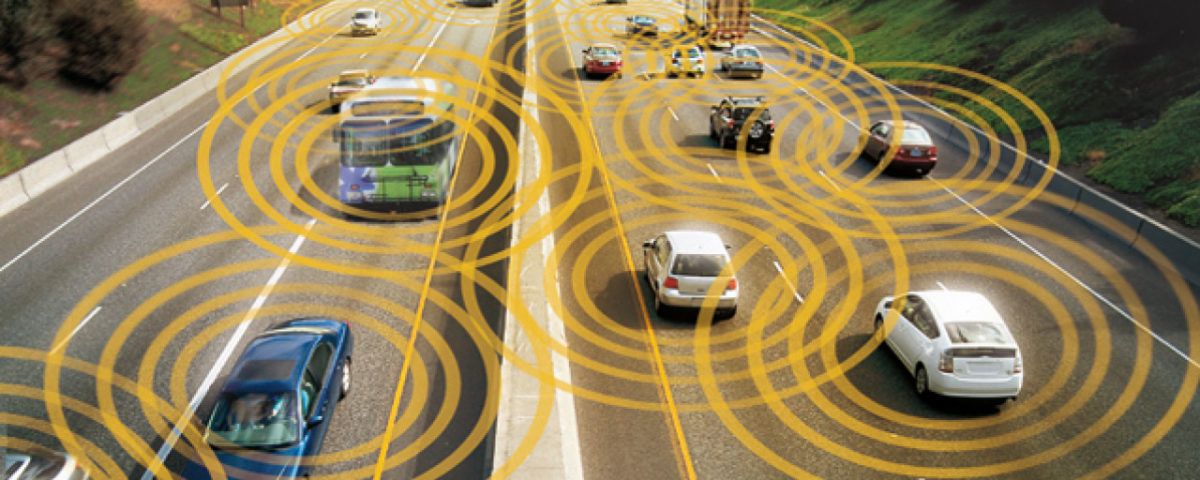Traffic jams, a well-known problem and daily frustration for a lot of people in the world. It will become dramatically worse and more widespread without big changes in how people and products get around. Fortunately there are new innovative technologies that can bring changes in order to solve this problem, which is called smart mobility. Smart mobility is all about information sharing in traffic to enable an intelligent infrastructure among all its users. It basically means adding intelligence to the world of traffic and transportation. (ITS infographic, 2015) In this blog three innovative technologies are shortly exposed, arranged from most to less likely to solve the traffic jam problem in the short term.
Mobile applications
By making quick traffic data available and offering private services, traffic smartphone applications can suggest people what to do on the road. It can for example suggest the most efficient route from A to B, adjusting along the way based on real-time speed and traffic information from other users. (Lowy and Pritchard, 2015) These applications can provide a better traffic flow.
Smart Cars
Vehicles are becoming smarter these days. Some cars on the road are already equipped with technology that let them interact with the surrounding environment of the car. Smart cars go even further, and can communicate with other smart cars on the road. Information about speed, direction, whether someone is breaking or an accident happened ahead, are all examples of information that is shared among these cars and on which the car can react. (Lowy and Pritchard, 2015) The ultimate smart car won’t even need a driver. These cars are called autonomous or self-driving cars and can ensure that roads are used way more efficient.
Drones
The performance of drones is rapidly increasing and in several industries they are already testing with drones to change the way of doing business. Amazon for example is testing with drone delivery and in Dubai they are testing with drone taxis. (Oswald, 2017) (Clemence, 2017) Both of these implementations could significantly decrease the amount of vehicles on the roads. Moreover, drones can also replace cars or be used in multiple other ways in order to solve the traffic jam problem.
Which technology will succeed according to you in order to solve traffic jams? Is there a singular solution for the problem or are there multiple? And what other innovative technologies can you come up with that can contribute to solve this problem? Let me know in a comment below.
Video of drone taxi in Dubai:
References:
- Clemence, S. (2017, Sept). Dubai stages first public test of volocoptor drone taxi. Accessed on the 17th of October 2017 on: https://www.bloomberg.com/news/articles/2017-09-26/dubai-stages-first-public-test-of-volocoptor-drone-taxi
- ITS Infographic Behind the scenes (2015). https://www.rijksoverheid.nl/documenten/publicaties/2015/12/02/its-infographic-behind-the-scenes
- Lowy, J. and Pritchard, J. (2015, Jun). Traffic in the US is going to get worse – but things are changing. Accessed on the 17th of October 2017 on: http://www.businessinsider.com/5-ways-to-solve-the-nations-worsening-traffic-problem-2015-6?international=true&r=US&IR=T
- Oswald, E. (2017, May). Here’s everything you need to know about Amazon’s drone delivery project, Prime Air. Accessed on the 17th of October 2017 on: https://www.digitaltrends.com/cool-tech/amazon-prime-air-delivery-drones-history-progress/



![Technology of the Week – How crowdfunding platforms bypassed financial intermediaries [Group 41]](https://digitalstrategy.rsm.nl/wp-content/uploads/2016/08/crowdfunding1-1200x539.jpg)
